Let’s keep the “human” in the humanities
The case for technology-free learning spaces.

The advent of artificial intelligence has hurled the academic world into yet another age of acute anxiety. After barely finding our footing again after being asked to reinvent our teaching and research methods virtually overnight during the COVID-19 pandemic, we find ourselves faced with something that we should have seen on the technological horizon: a profound paradigm shift that was anticipated by some but ignored by most, even though there has been no shortage of cautionary tales.
Indeed, some of our oldest stories offer insights into the risks and responsibilities inherent in knowledge acquisition, from Adam and Eve eating from the tree of the knowledge good and evil in the Bible’s Book of Genesis to the Greek myth of Pandora (“the All-Gifted One”), fashioned by the techno-god Hephaestus on the orders of Zeus as punishment for humanity’s acceptance of the gift of fire, itself a symbol of technological progress. The take-home message of many such tales is that knowledge can empower but also destroy. It can both liberate and enslave. Moreover, anyone even marginally familiar with science fiction will find no shortage of similar warnings, from Mary Wollstonecraft Shelley’s Frankenstein (whose alternate title happens to be The Modern Prometheus) to Frank Herbert’s Dune, whose underlying message about the danger of “machines in the likeness of a human mind” was regrettably elided by Denis Villeneuve’s recent cinematic version.
Faced with this new and unprecedented challenge, there has never been a more urgent need to make the case for why the study of the Humanities is important, if not essential. If we are going to maintain any sense of what it means to be human in the emerging machine age, then we must make an intentional effort to engage with our shared intellectual and creative legacies, protecting our capacities of critical thought, self-reflection, and free expression. Such an imperative is not culturally specific, since the impact of AI will be global and will require an equally global humanistic response.
The academy in the age of the algorithm
In many ways this technological turn couldn’t have come at a worse time, as confidence and trust in universities is at an all-time low, both with the public and with policy makers. While the postwar period saw university enrollments rise to historic levels, such increases continue to be predicated on the expectation, promoted by both the institutions themselves and governments, that post-secondary degrees are a key milestone on the path to economic prosperity and social mobility. To some extent this continues to be true, but increasingly graduates are finding themselves disillusioned when faced with limited job prospects and massive levels of personal debt. As a result, students and parents are justified in asking why there is no predictable return on their investment. To add insult to injury, it is precisely those entry-level, often tech-focused, white-collar jobs sought by recent graduates that are going to be wiped out by AI in the short term.
It is no surprise, when faced with this high-stakes gambit of a costly university degree, that students succumb to the near-irresistible temptation to cheat using technology, especially if they are working part- or even full-time during the school year and seek to maintain a competitive edge among their peers. While plagiarism and academic misconduct have always been an issue, digital technologies have made the situation exponentially worse in a short space of time across all disciplines, exacerbated further by the forced pandemic shift to online learning. Well before ChatGPT was unleashed, students were congregating on Discord and other forums to share information, including lecture notes, essays and exams. Technological developments are simply outpacing the capacity of universities to develop policy.
Now, in the wake of ever more powerful Large Language Models (LLM), any sort of traditional academic essay, at least one that is not written by hand and in real time, has been rendered nearly worthless as an assessment tool by generative AI. As a result, professors are losing trust in their students’ willingness or ability not to cheatand are grading assignments under an increasing cloud of skepticism and frustration. At the same time, these students have no reason to believe that the information regurgitated by their chatbot tutors is accurate or coherent. Nor should they. Some of these platforms appear to be little more than tech-bro vanity projects, and if previous products are any indication, Silicon Valley will prioritize the profitability of engagement with AI over the reliability of content, social cohesion and civic life be damned.
Synthetic sophists
Once again there is an informative insight from antiquity: One of the targets of the Greek philosopher Socrates’ critique was the phenomenon of the “sophist.” A sophist was a type of public intellectual and performative speech-artist who would go from city-state to city-state dazzling people with his eloquence and apparent wisdom, often for a fee. Yet Socrates argued that such individuals prioritized form over substance, and prided themselves on making false assertions seem true. In their current form, LLMs resemble an ultra-modern iteration of this phenomenon — a kind of synthetic sophist, based on a simulacrum of human thought. Their generative texts, based on a bricolage of stolen knowledge, often seem plausible, informed and persuasive, but can fall apart under greater scrutiny as erroneous “hallucinations.” Not to mention the fact that engineers and users are increasingly describing an alarming tendency of the chatbots to “lie” and mislead. That being said, the curious tendency to anthropomorphize these machine behaviors only muddies the waters and adds to the fear and confusion around their capabilities.
This same Socrates, when told by the oracle of Apollo that he was the wisest of all men, set out to disprove the prophecy through a process of self-interrogation and debate. The resulting “Socratic method” became the foundation of much early Greek philosophical activity and is at the heart of the dialogues of Socrates’ disciple Plato. In these works, the philosopher does not keep asking questions of the gods in the hopes of receiving yet another inscrutable answer. Nor does he engage in a mechanistic process of divination. He talks to real people and has conversations as a means to reach deeper insight and understanding. While many of Plato’s ideas have proved influential, it is this interactive “dialectical” method that has been even more enduring. Question-and-answer literature, based on this Socratic model, became commonplace through the ancient Mediterranean and Near East, as were public disputationes (debates) among sages and intellectuals, often sponsored by rulers at Greek, Roman and Persian courts. The technique was also the basis of the classic medieval textbooks, such as Peter Abelard’s Sic et Non (Yes and No) or Thomas Aquinas’ monumental Summa Theologica (Summary of Theology). Even today, at least in theory if not in practice, university lecture halls and seminar rooms are supposed to serve as places of vigorous dialogue and dialectic.
Longing for the analogue
When writing was established in pre-modern societies, it was a cutting-edge technological innovation; oral communication was still a preferred mode of discourse. Most early literary texts were not meant for individual, private reading, but for communal performance and shared reception by broad segments of the population. This is reflected in the popularity of epic poetry, drama and dialogue. Even works that we might consider narrative prose often consisted of characters telling stories to one another, as in Boccaccio’s Decameron or the Arabic Thousand and One Nights. Those who sought advanced forms of education, such as it existed, did not prioritize studies in practical disciplines such as medicine or engineering, but in the art of rhetoric and persuasive speech. Although such learning was not open to everyone, eloquence and communication were seen as essential to the functioning of civic life, even in periods of authoritarian empire. Curiously, in the midst of our current technological revolution, there is something of a return to this emphasis on orality evident in the popularity of podcasts and long-form visual narratives — meaning that we still have the capacity for sustained attention.
Paradoxically, it should be noted that we only know about the dynamism and creativity of these past oral and disputational cultures through the written records they have left behind. Even if these are only a small fraction of what once existed, produced by an elite segment of society, they nonetheless provide an indispensable window on the world they inhabited through the common denominator of human consciousness. As religion scholar Jeffrey Kripal compellingly articulated in his book Comparing Religions, the humanities as an academic endeavor is nothing less than “the study of consciousness coded in culture.” We read works by the ancient Greek poet Sappho, the Chinese philosopher Confucius or the medieval Islamic scholar Ibn Rushd not merely for the information they contain — mere fodder for the hungry ghost in the algorithmic machine — but for the consciousness they reveal. They provide us with a sense of the continuity of human thought and experience. Carefully considering their often-complicated legacies teaches us not simply what to know, but how to know, not merely what to think but how to think.
Cultivating a life of the (human) mind
I am fortunate to teach in Carleton University’s Bachelor of Humanities program, which for nearly 30 years has been providing high-quality interdisciplinary education to students, many of whom have gone on to become successful lawyers, physicians and novelists, or do graduate work at places like Oxford, Cambridge and the Ivy League universities. Now, at a time when universities are under intense scrutiny, particularly in the US, we see an urgent need to put the “human” back in the Humanities, through a carefully curated and structured approach to teaching and learning. We invite students and professors to work towards expanding their horizons and appreciating epistemological diversity, while pursuing rigorous academic engagement with enduring works of literature, history, religion, politics, music and art. Ours is not a closed canon, but one that evolves with an interconnected world. Learning as a unified cohort, students in our program read not only theOdyssey and the Hebrew Bible, but the Bhagavad Gita and the Upanishads. They think through not only Aristotle and Augustine, but Ghazali and Maimonides. They consider the Sorrows of Young Werther alongside the Vindication of the Rights of Women, and argue about the philosophers Immanuel Kant and Friedrich Nietzsche in dialogue with the historian Michel Foucault and the novelist Salman Rushdie.
In the end, though, as we approach this technological inflection point, it is less about the content than the form. Whether our destination ultimately leads us to something that resembles the techno-utopia of Scottish novelist Iain M. Banks’ Culture series or the grim transhumanism of Margaret Atwood’s Oryx and Crake, deliberate measures will have to be taken to preserve our cognitive autonomy and human identity. This is a challenge that humanities education is ideally positioned to meet, since it instills a deep and adaptable suite of skills such as self-reflection, critical analysis, independent thinking and vigorous debate.
It is not a question of trying to turn back the clock, since the genie is out of the bottle and is not being put back in. Is there room in our societies, or even our classrooms, for other types of “intelligence”? There may well be. Technology can and does provide powerful tools that augment and assist learning and research goals, with marvelous capacity and efficiency. But its ever-increasing and unrestrained encroachment undermines the human interaction and engagement at the heart of the academic tradition, intensifying existing patterns of personal alienation and social fragmentation.
Thus, in the interest of promoting a fulsome pursuit of human flourishing, it is imperative to preserve at least some machine-free learning spaces, where students and teachers can maintain both academic freedom and pedagogical integrity away from technological surveillance and algorithmic intrusion. Such an intentional stance helps facilitate the relational nature of education, while reinforcing the communal and civic mission of the university. It prioritizes discursive depth over density of data, and ethical reflection over raw efficiency, while promoting and preserving the creativity and free expression necessary for the shared endeavor of cultivating a life of the (human) mind. It is only from such contemplative spaces that we can hope to meet the challenges and impacts of AI with wisdom and understanding.
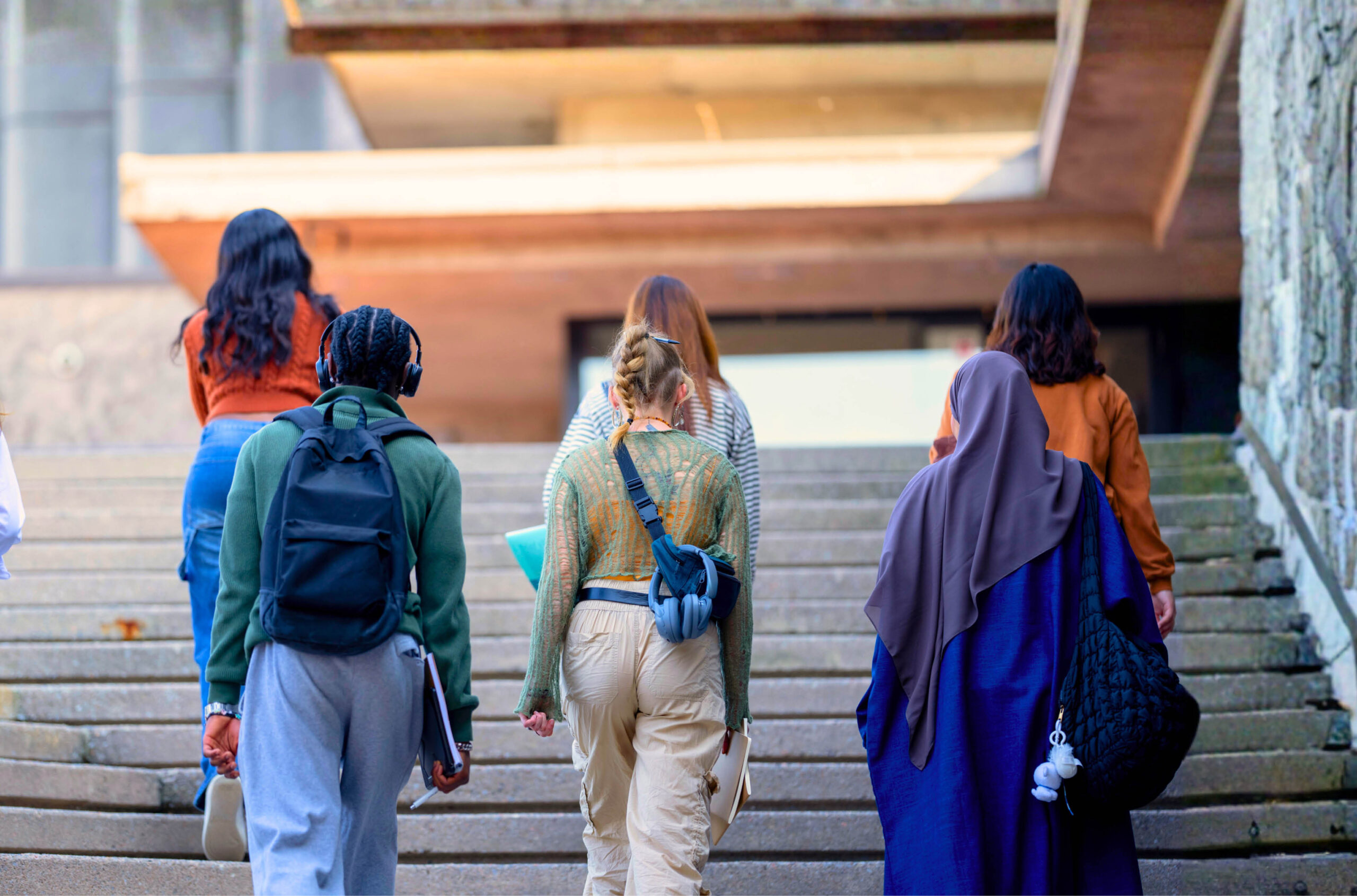


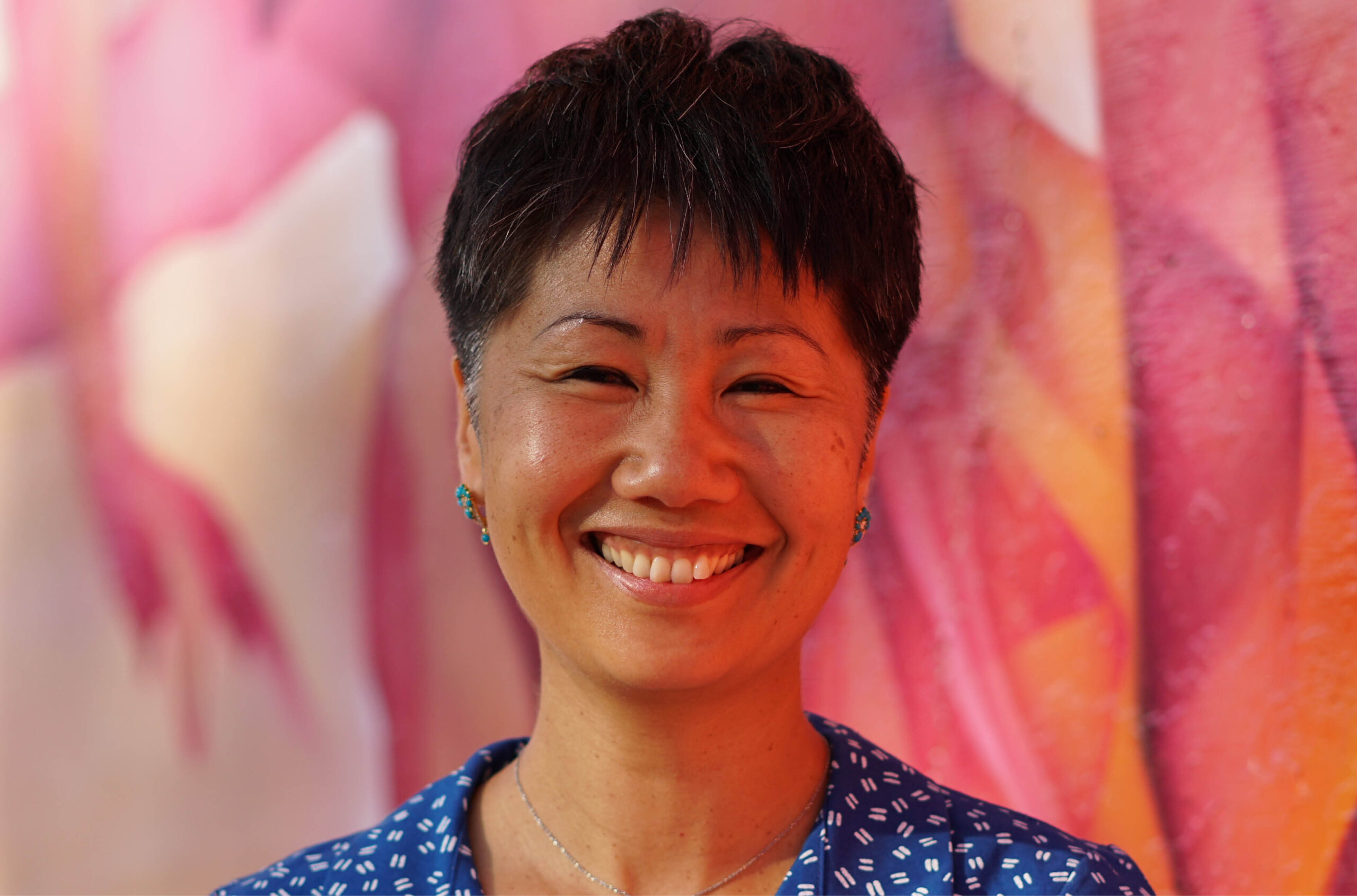

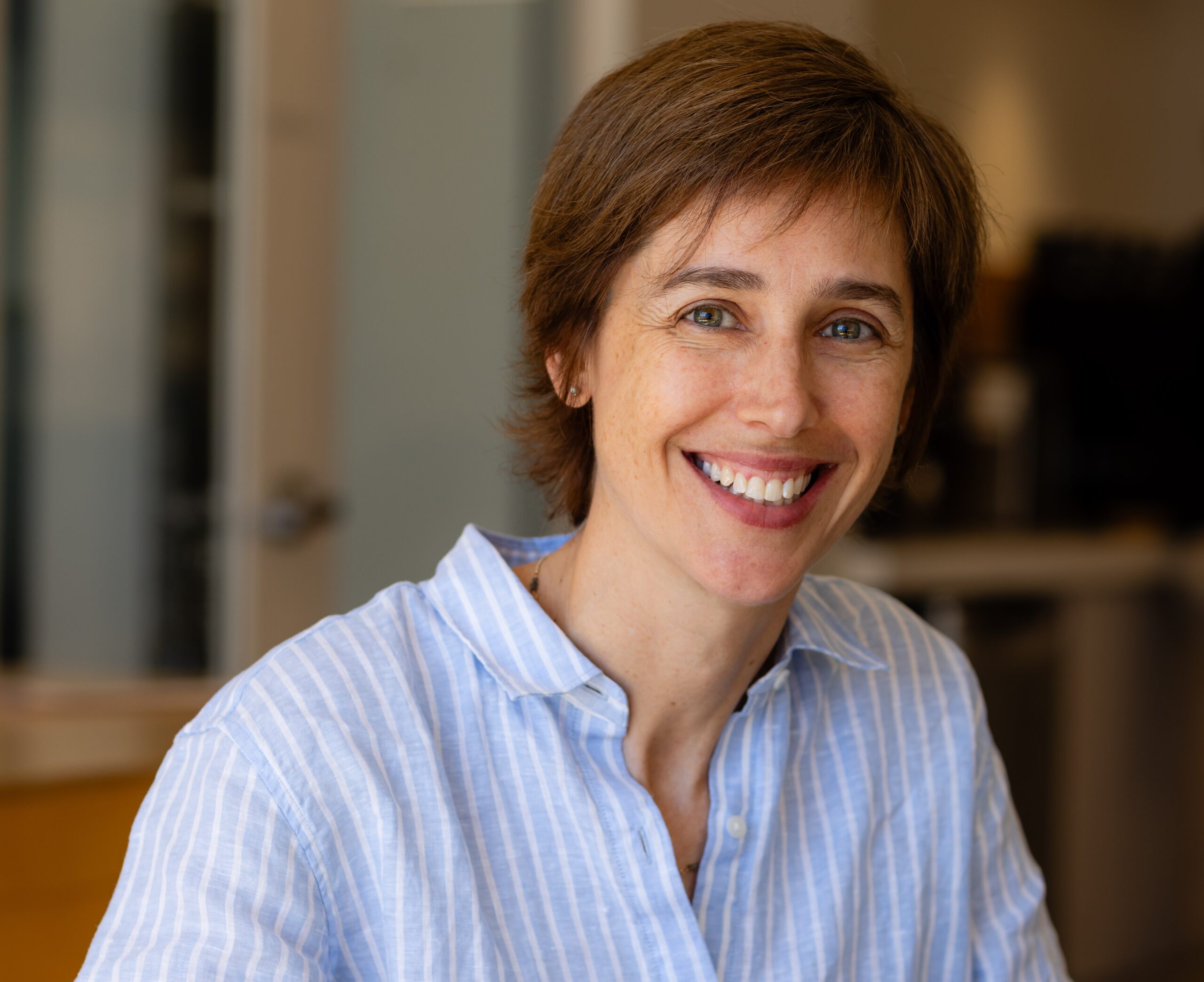

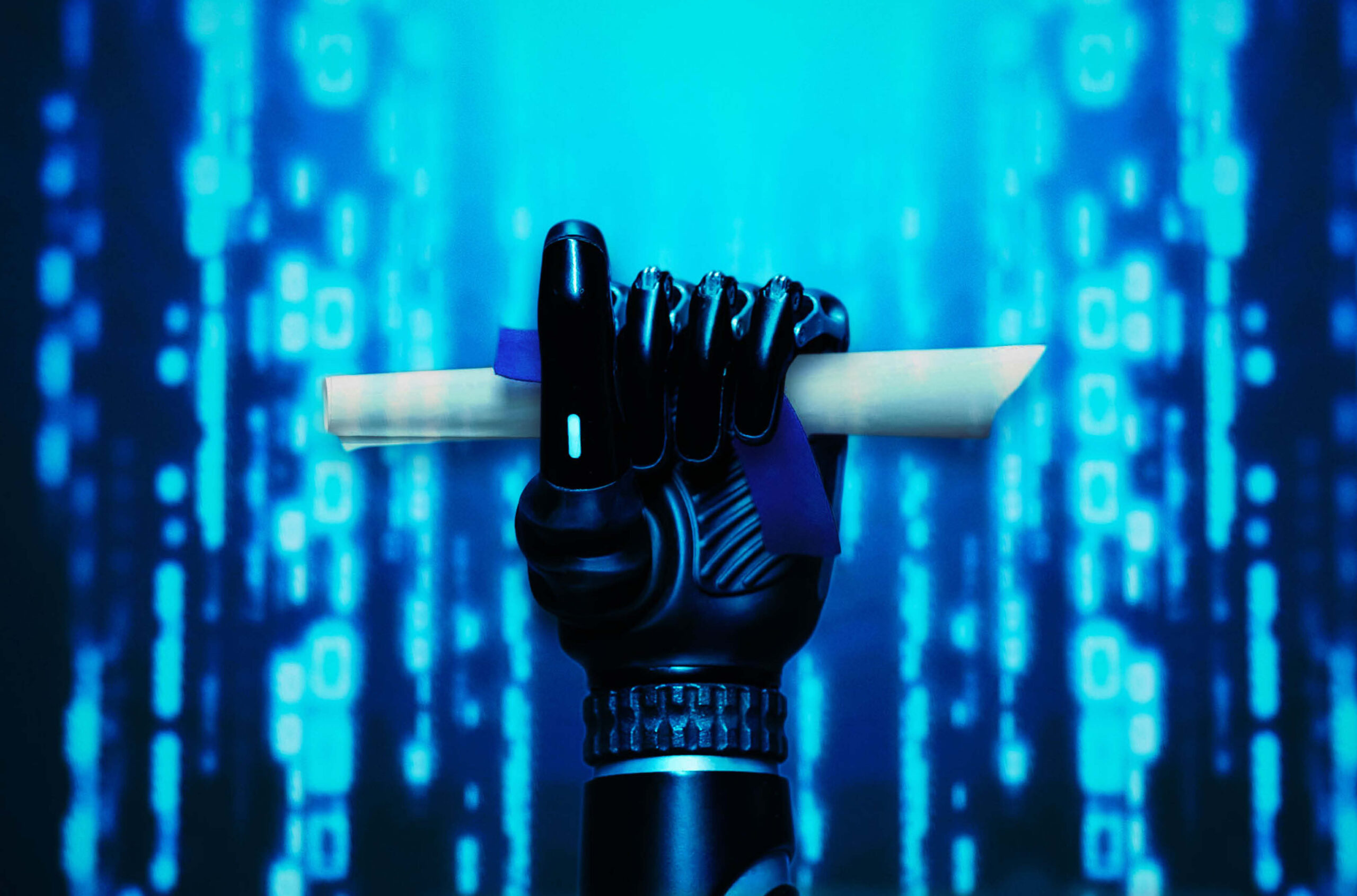
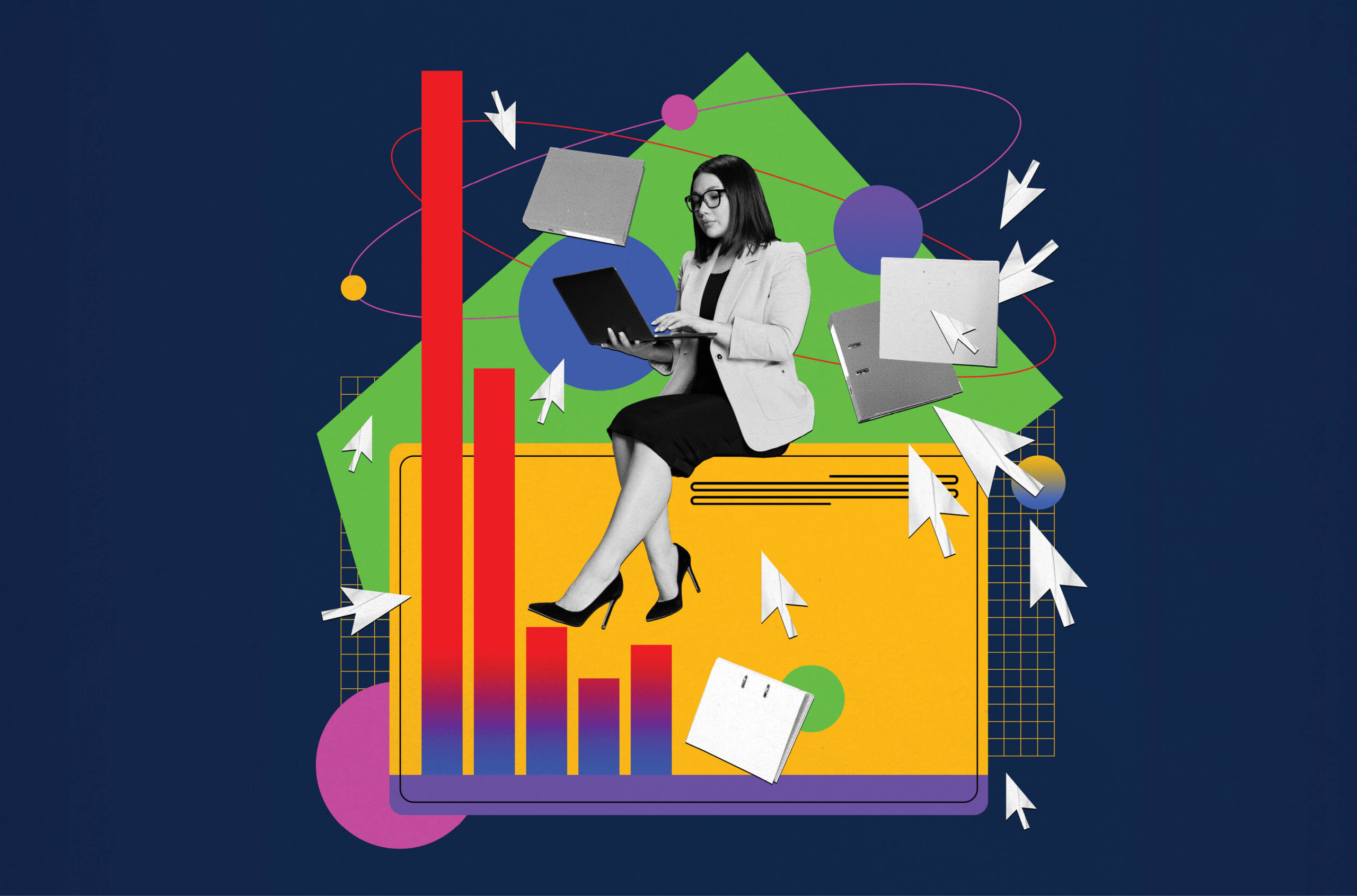
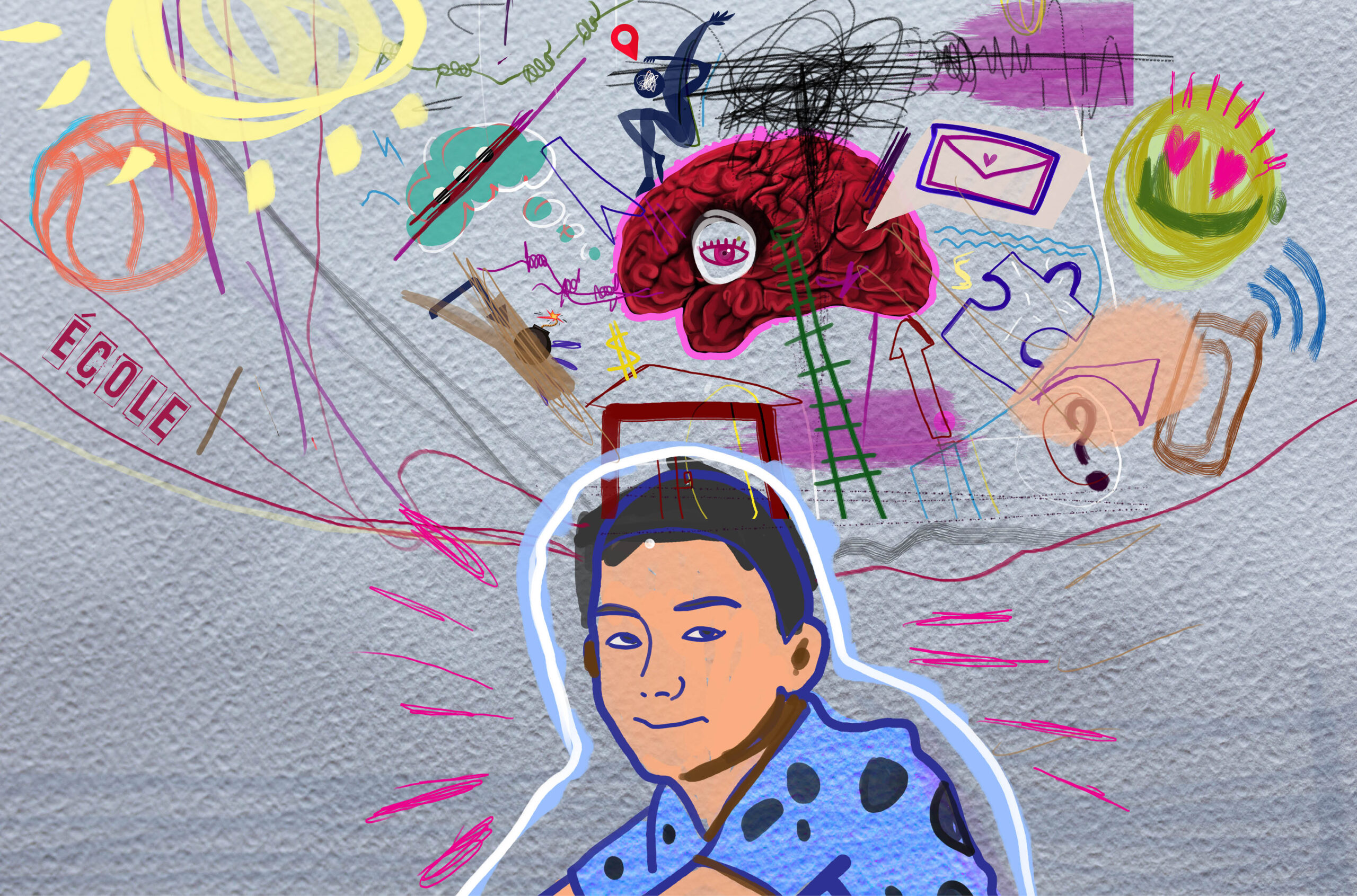
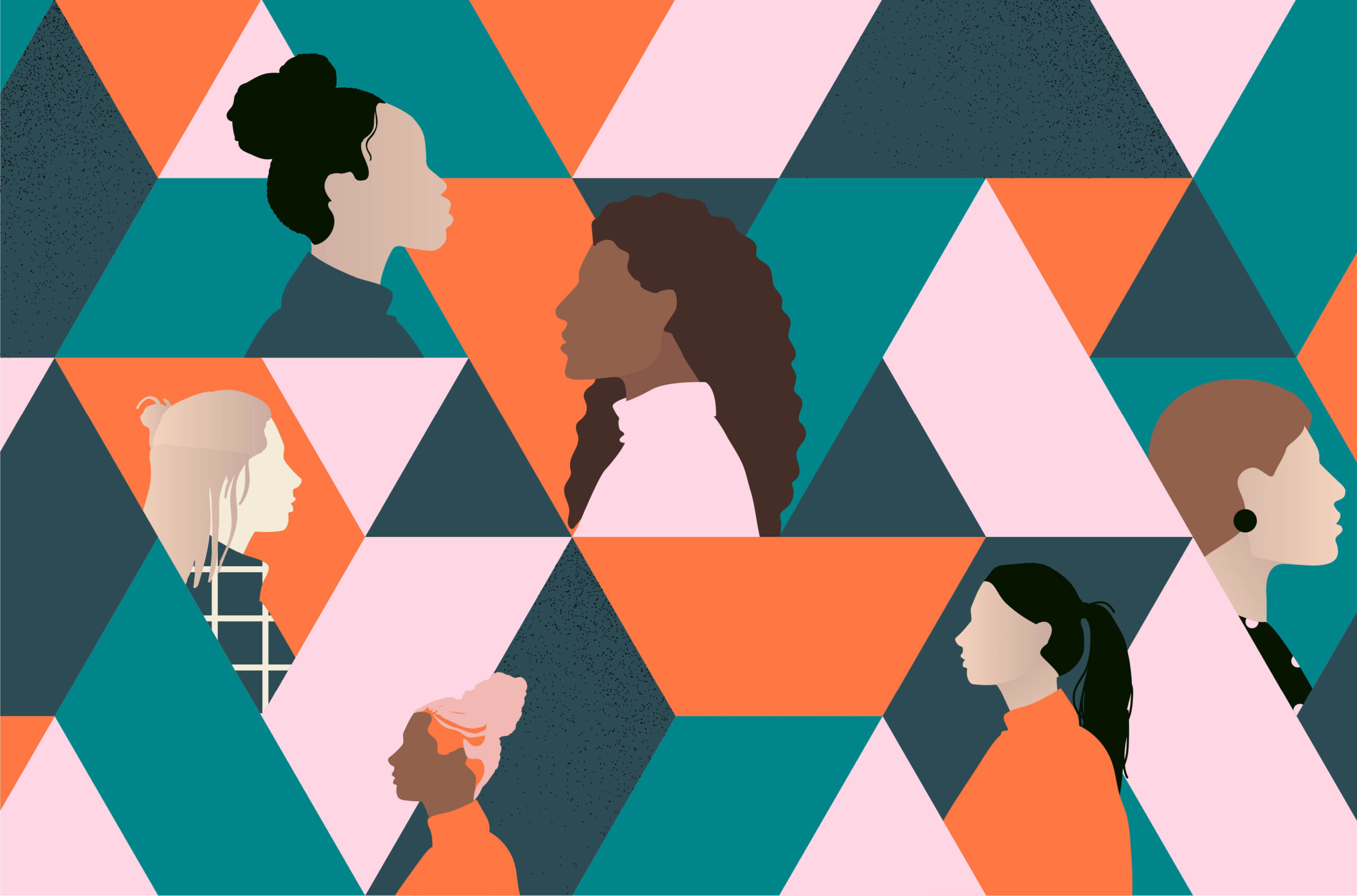
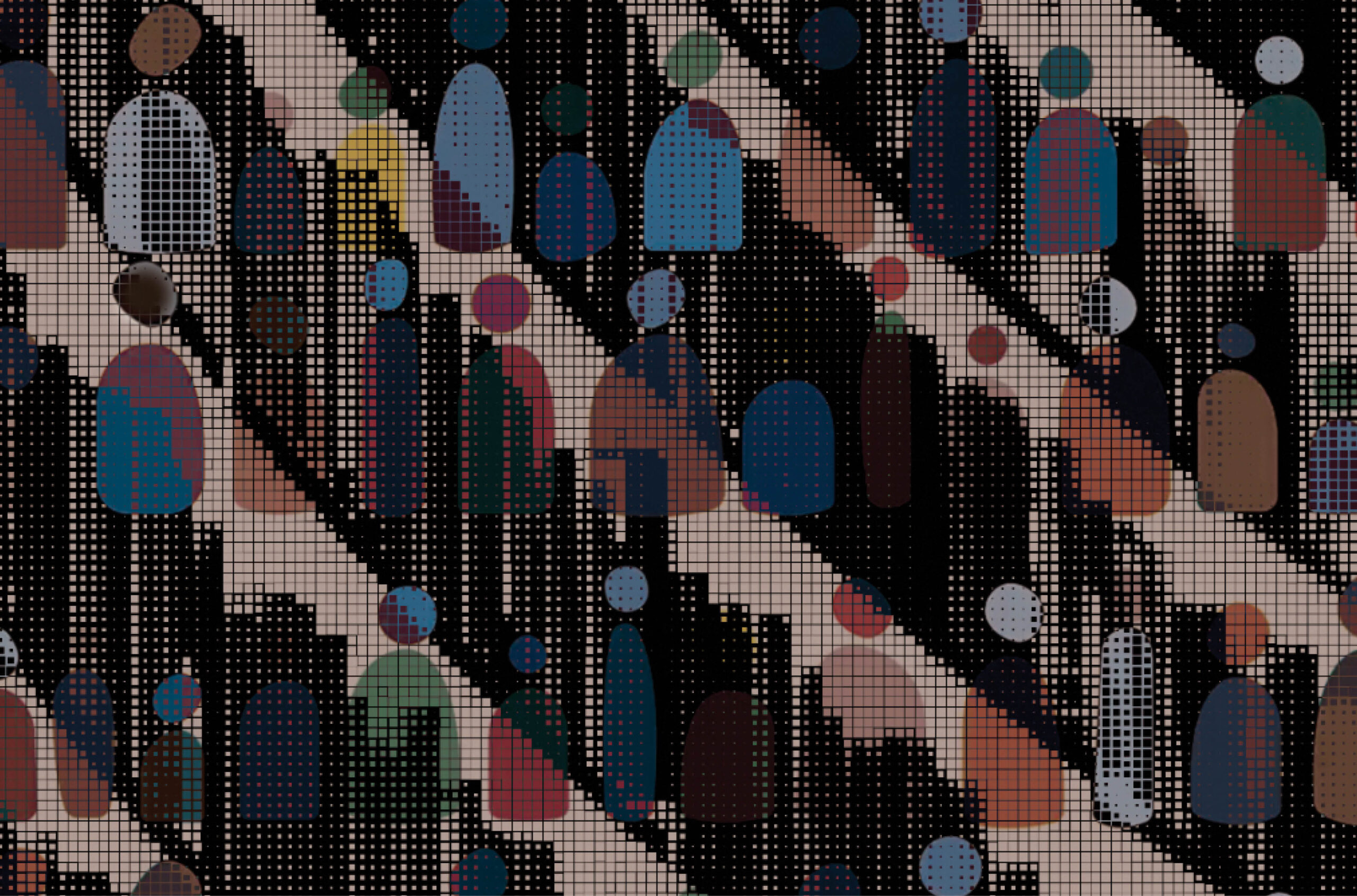
Post a comment
University Affairs moderates all comments according to the following guidelines. If approved, comments generally appear within one business day. We may republish particularly insightful remarks in our print edition or elsewhere.
2 Comments
Thank you for the piece. I cannot agree more. I have been saying that we need to put the human back in the humanities for more than a month straight. As an idea, it is guiding me through my daily work, which is mostly concerned with helping students navigate the maze of university life. Your piece confirms my approach to being the Associate Dean of Arts.
This is a great reflection on the Humanities and AI. I am nearing retirement, but the best take on AI I’ve heard came from a young professor at our university who said, “The trouble with students using AI is that it atrophies the skills you need to use AI intelligently and effectively.” Experts estimate that 30-40% of what these programs produce is wrong. I would say that another 20-40% is filler. (If you don’t believe me, ask ChatGPT to write a 500-word essay on yourself!) So, how are students supposed to tell the difference between hallucinations, truth, and fluff if all they have learned is how to generate papers using AI? And how are they supposed to learn to address questions of the true, the beautiful, and the good? Thanks for an engaging reflection.